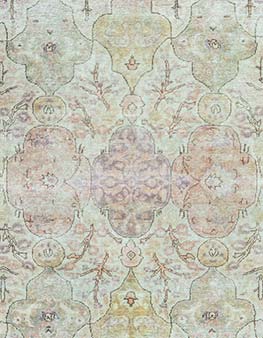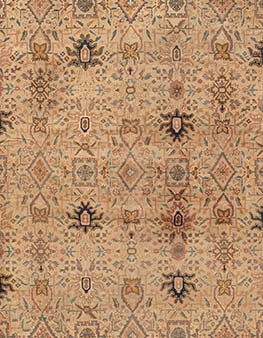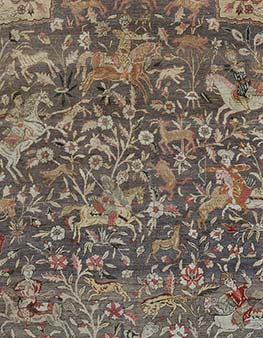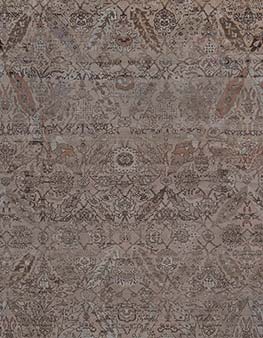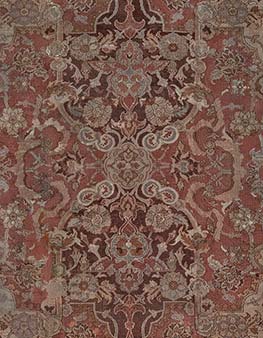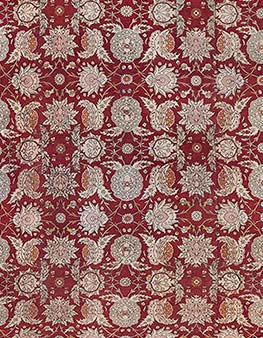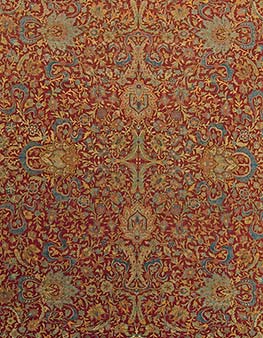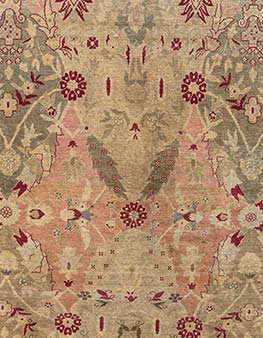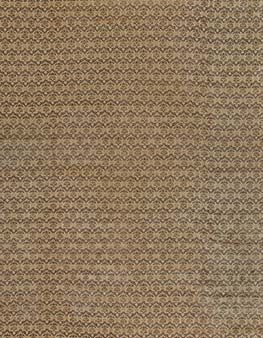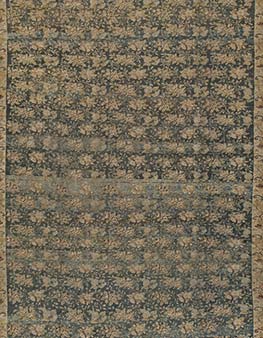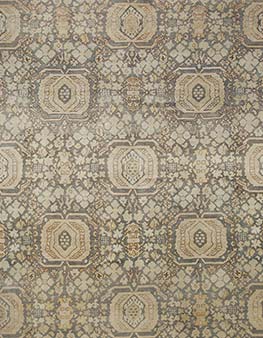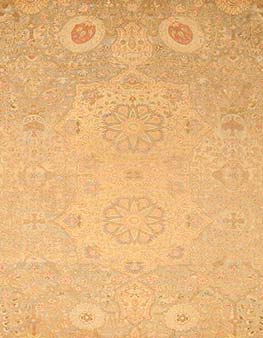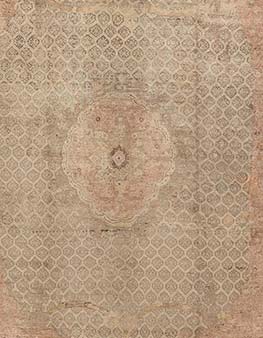Origin and Features of Hereke Rugs
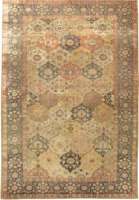 The Middle East is historically known as a source of beautiful, elegant rugs, and Turkey is one of the most well-renowned sources of those rugs. Of particular interest are the Hereke rugs made in the small coastal town of Hereke, Turkey. Antique Hereke rugs are truly beautiful pieces of art, and it’s truly mind-boggling to think that so many beautiful pieces came from a single town.
The Middle East is historically known as a source of beautiful, elegant rugs, and Turkey is one of the most well-renowned sources of those rugs. Of particular interest are the Hereke rugs made in the small coastal town of Hereke, Turkey. Antique Hereke rugs are truly beautiful pieces of art, and it’s truly mind-boggling to think that so many beautiful pieces came from a single town.
Like many antique rugs, Hereke rugs feature subtle, muted colors that span the spectrum. They also feature intricate designs from edge to edge. Hereke rugs can range from small 6’x4′ rugs that will cover a small piece of a room to massive, room-spanning 22’x14′ carpets. Each one will serve as a unique piece of art with its own distinct flair.
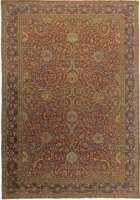 Originally intended to furnish palaces, Hereke rugs were made throughout the 1800’s. To fit their palatial purposes, Hereke rugs are not only made of cotton, wool, or silk, but many also feature threads of gold or silver. These threads help antique Hereke rugs stand out visually, and vastly increase their value among collectors.
Originally intended to furnish palaces, Hereke rugs were made throughout the 1800’s. To fit their palatial purposes, Hereke rugs are not only made of cotton, wool, or silk, but many also feature threads of gold or silver. These threads help antique Hereke rugs stand out visually, and vastly increase their value among collectors.
While some Hereke rugs are still produced today, the most beautiful and valuable of them are the antiques. There is no need to worry about any degradation of quality over time, however. Even in the 1800’s, Hereke rugs were precisely made with double knots, and their patterns are still clearly visible and their colors have not faded. Collectors that can get their hands on an antique Hereke rug should absolutely take the chance to display such a classic piece of art.






